Travel Machu Picchu by train 2 days
Travel Machu Picchu by train
The incredible train travel to the Inca citadel of Machu Picchu is a tourist destination that thousands of people dream of visiting Machupicchu. It is considered one of the 7 New Wonders of the World and offers its visitors the Inka architectural and engineering wonders built by the Incas and an indescribable energy that renews the Andean spirit. Culture, history and Andean tradition in this magical and mystical place await you through the valleys of Cusco.
Many visitors to Peru choose to hike to the UNESCO World Heritage Site of Machupicchu, but if you prefer to travel more relaxed and tour one of the most beautiful railways in the world, then our Machu Picchu tour by train two days is for the adventurous traveler to the trek. Let us plan every detail of this exciting adventure so that all you have to do is sit back and enjoy this unique experience with Okidoki Travel Peru Operator.
Travel First day: CUSCO – OLLANTAYTAMBO – AGUAS CALIENTES – MACHU PICCHU
We pick you up from your hostels depending on the time of departure of the train (one day before we met in Okidoki travel office to coordinate the important schedules) – then we headed for a transport included to Ollantaytambo to take the train to Aguas Calientes and have an accommodation in A private hostel x 1 night and then a dinner included with the guide and the group to coordinate the visit to machu picchu
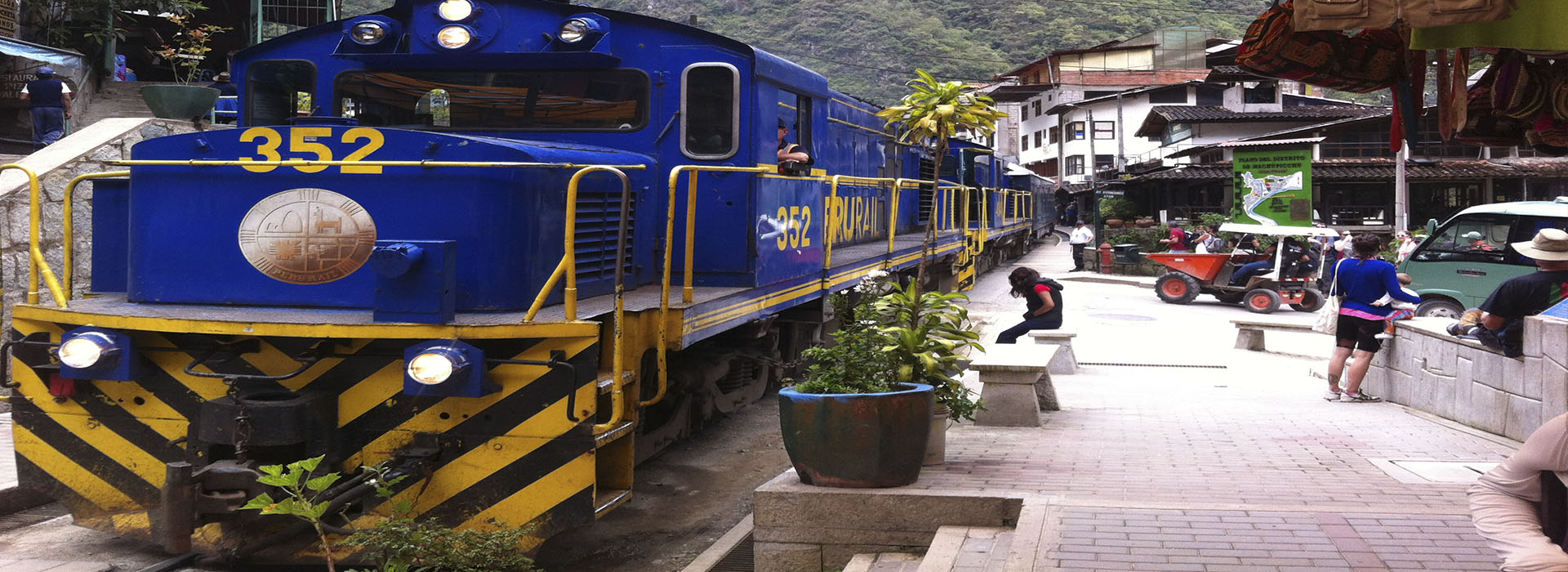
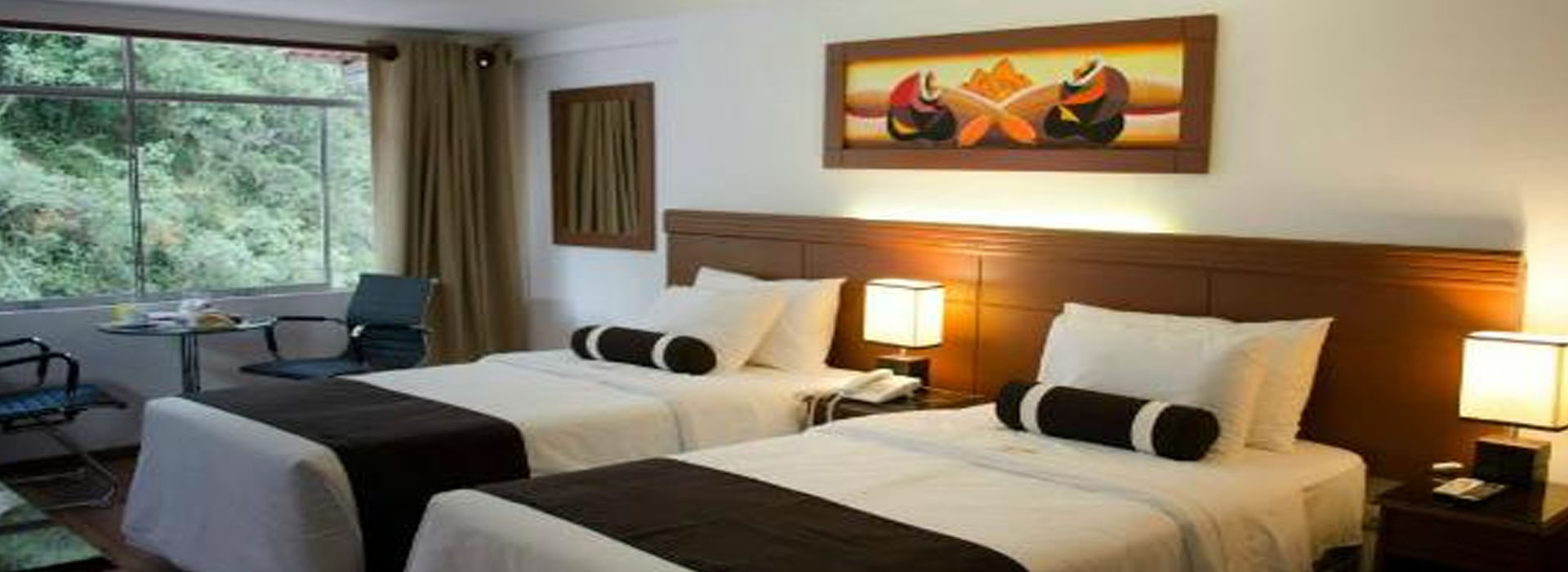
Travel 2nd day: AGUAS CALIENTES – MACHU PICCHU – AGUAS CALIENTES – OLLANTAYTAMBO – CUSCO
This day we will give you a snack and wake up very early to take the first bus to Machupicchu (5:20am) and arrive at about 6.00am and be able to appreciate the sunrise and explore with our guide all the most important places of machupicchu 2 hours and half Approximately and then you will have a bus to get to AGUAS CALIENTES where they will have free time in the town of Aguas Calientes and then board the train At 2:30 pm and arriving At 4:30pm to Ollantaytambo and 2 hours more by bus to arrive approximately at Cusco 7:00pm ..or before.
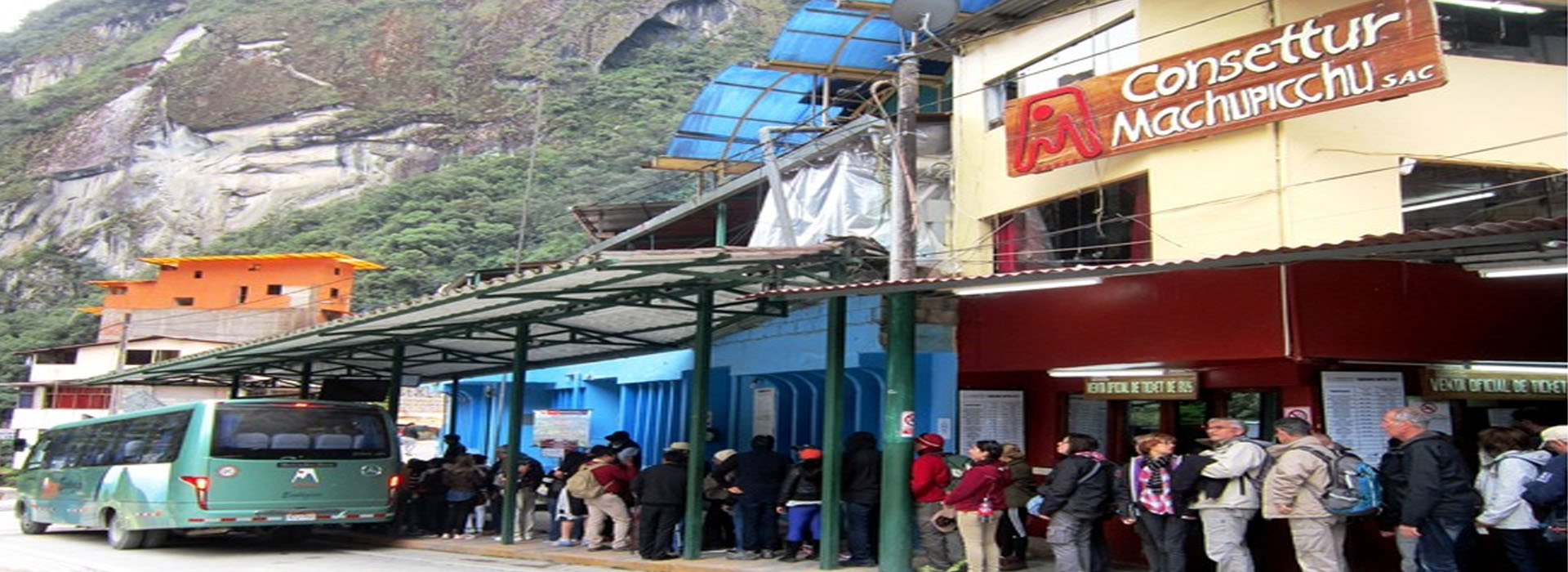
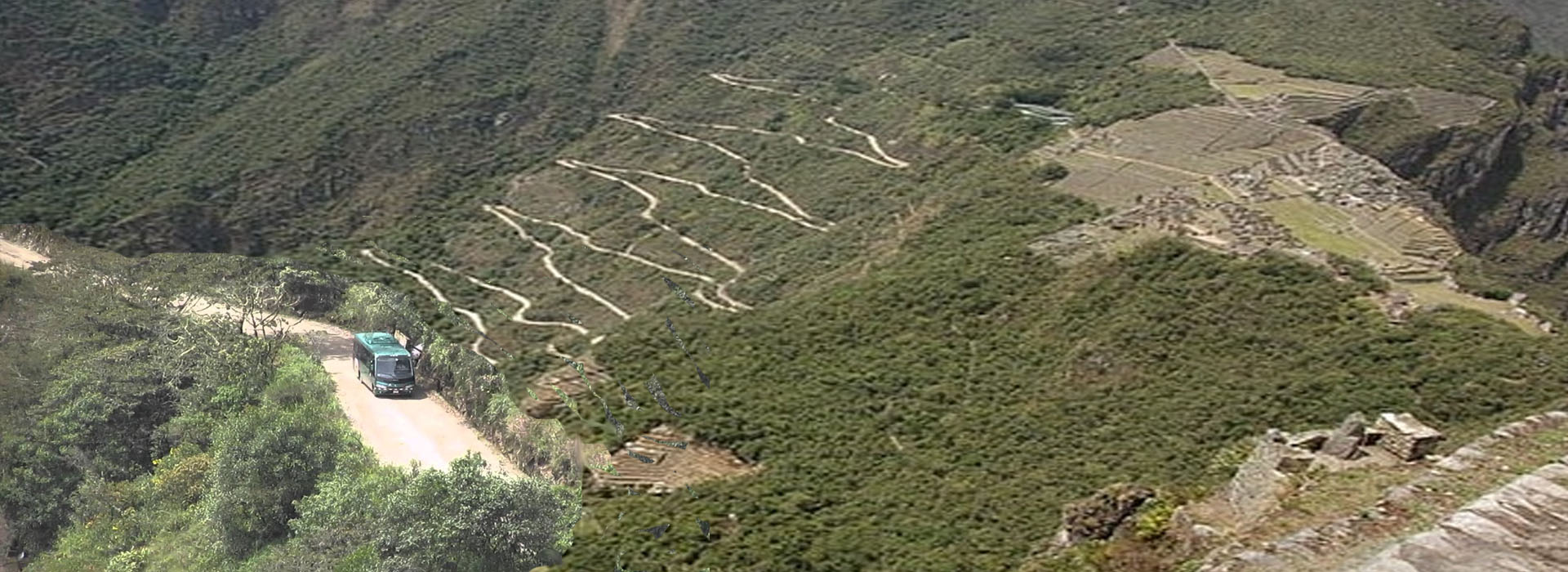
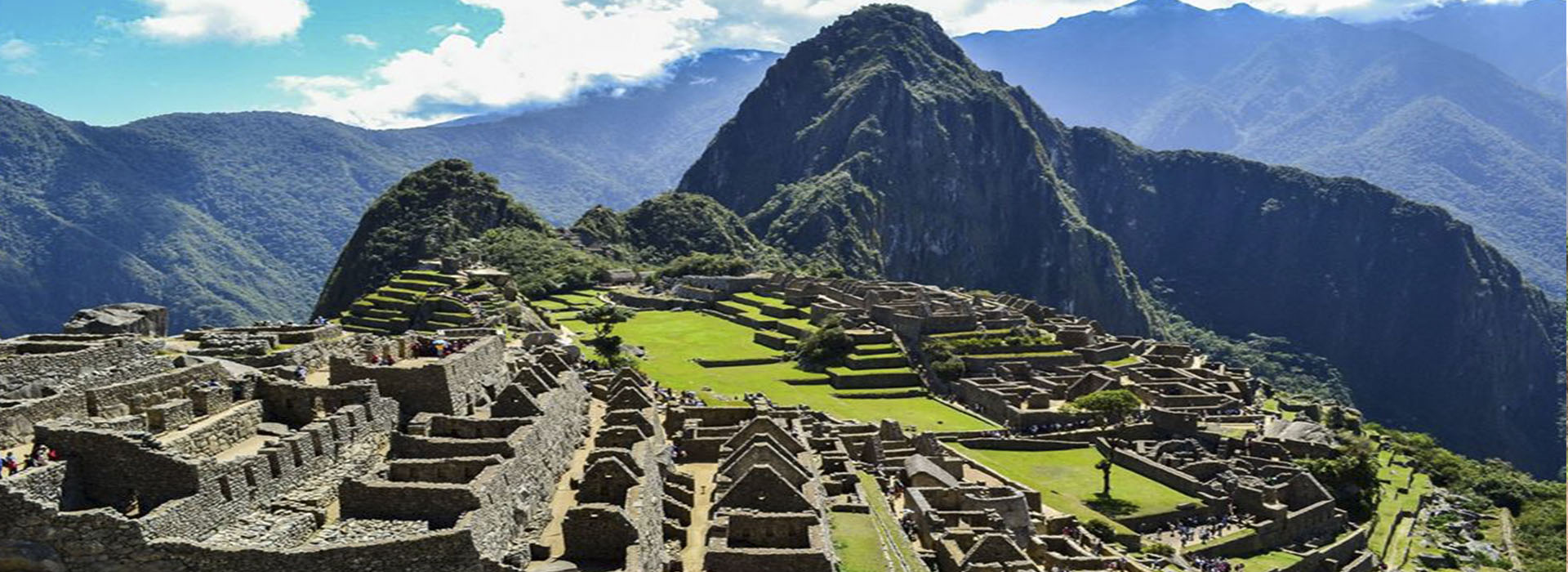
TRAVEL NOTE:
** But if you want to do some extra mountain like huaynapicchu (RESERVES 4 MONTHS ADVANCE OF THE TRAVEL BY SEASON HIGH TO MAY TO SEPTEMBER) or mountain machupicchu (1/2 MONTHS ADVANCE OF THE TRAVEL),
Contact Us Okidoki Travel Peru Operator
Tour Name: Travel Machu Picchu by Train 2days /1night
IMPORTANT FACTS
Travel Machupicchu by train:
- Price Adult: 290 US Dollars
- Price Student: 270 US Dollars WITH STUDENT CARD
**Important points:
to make your reservation you need the exact date of your trek departure because there are no changes or cancellations
MONEY DEPOSIT
CANCELLATION POLICY
Cancellations and date changes are not accepted, you simply lose your deposit, there is no refund.
your deposit is not for our pocket, it is for the organization of a good trek in okidoki and to have this good organization you have to make advance reservations of all the services that you are going to have during the 2 days of your trek and these reservations are made with deposits so as not to have inconveniences or last minute cancellations from our suppliers and if we cancel these reservations we lose our deposits because this is not a game and by making a reservation with our service providers for the trek we are blocking spaces that they can simply give to other tour operators who also need it.
We need the copy of your passport and your student card to show it to the government and he will say if it is valid or not because the discount is for the entrance of the Machupicchu and not for our trek.
WHAT YOU NEED TO BRING
- PASAPORTE ORIGINAL Y CARNET DE ESTUDIANTE ORIGINAL ( SI HICISTE TU RESERVA COMO ESTUDIANTE )
- Regular shoes or sneakers
- Rain poncho
- Mosquito repellent
- Sunscreen
- Sunglasses
- Personal medication
- Snack water
- Small backpack
WHAT INCLUDES
- ENTRANCE TICKET TO MACHU PICCHU
- Information with the guide responsible for the tour 1 day before departure at the office of okidoki travel Peru. Location (Nueva Alta street # 644 in okidoki hostal cusco).
- Travel Transportation bus Cusco – Ollantaytambo
- Travel Train Ollantaytambo to Aguas Calientes (departure)
- Aguas Calientes dinner
- Private hostel in Aguas calientes (Machupicchu)
- Bus ticket to climb Machupicchu
- Professional guide in machupicchu x2horas in English or Spanish
- Bus ticket from machupicchu descent to aguas calientes
- travel train Aguas calientes to ollantaytambo (return)
- travel Transport bus ollantaytambo to cusco last day
DOES NOT INCLUDED
- Water
- Entrance to Mountain Waynapicchu US $ 25 For the waynapicchu mountain book 4 months before season (May-September)
- Entrance to Mountain Machupicchu US $ 25 For the mountain of Machupicchu book 3 months before high season (May September)
- Lunch.
- Tips (voluntary tips)
FAQs Frequently asked questions of our travelers
Travel to Huaynapicchu History of the New Mountain
Better known by travelers with excursions to the Huaynapicchu mountain, Wayna Pikchuen Quechua, (with an altitude of 2667msnm) is part of the eastern foothills of the Salcantay massif, in Cusco, Peru. It is part of a large orographic formation known as the Vilcabamba Batholith, in the Central Cordillera of the Peruvian Andes and is mainly known for being the backdrop for most panoramic photographs of the Inca archaeological remains of Machu Picchu. However, it also houses important Inca archaeological remains related to the famous Inca complex of Huayna Picchu.
In order to avoid confusion, it must be taken into account that Machu Picchu in Quechua means “Old Mountain”, while Huaynapicchu means “Young Mountain”, so it is an analogy between the old man and the young man. Thus, Huayna Picchu is the smallest mountain and the largest mountain is Machu Picchu, which gives its name to the valley and the Inka citadel (In the typical photos you do not see the Machu Picchu mountain, only the Huayna Picchu mountain, leaving Machu Picchu behind the photo).
The Huayna Picchu mountain has a very steep and narrow path, which includes several sections with steps, stairways carved into the living rock and cables. The ascent varies between 45 to 60 minutes, depending on the physical condition of each person who visits the Inca mountain of HuaynaPicchu “Historic Sanctuary of Machu Picchu” Cusco – Peru Operator.
An unforgettable trip: History, Cultural, Adventure from Cusco to Machu Picchu
The enigmatic Inca city, nestled in the middle of the Peruvian Andes, is an enclave full of Machupicchu history. The road between Cusco and Machu Picchu is one of the busiest in South America – Peru. The routes between one point and another, however, are several and offer more than many expect for a travel: Sacred Valley of the Incas, rainbow mountain, humantay lagoon, salkantay trek to machu picchu, inka trail trek to machu picchu, Travel to Choquequirao, travel to the 7 lagoons of Ausangate, travel to Maras Moray salt mines, travel Wayrapukara, travel to colonial towns, travel to indigenous markets, travel to the Inca ruins and imposing mountains of Cusco – Peru Operator.
Start Travel in the ancient capital of the Inka Empire:
The city of Cusco is the starting point for any travel, it is a city that surprises. Located in the middle of the Peruvian Andes, in a valley at 3,400 meters of altitude, the former capital of the Inka empire offers a colorful amalgamation of street markets, baroque churches, archaeological sites, paintings, textiles and colonial buildings. It is the ideal place to start acclimatizing to the altitude before embarking on the travel route to the citadel of Machu Picchu, 112 kilometers away. Whether by train, coach or on foot, the tour is enjoyed by going slowly, contemplating the natural landscape of the mountains, valleys, rivers, flora, fauna and lagoons at the slow pace of your excursion – Peru Travel Operator.
Travel to Machu Picchu – Cusco – Peru:
It is known by the terms of Machu (old) Picchu (hill), located 120km from Cusco, Peru, it is the quintessential icon of the Inca civilization. Perched on top of a cliff at an altitude of 2,430 m above sea level and 400 m above the Urubamba River, the city of Machu Piccho has become world famous not only because it is a sample of Inca urbanism that has survived almost intact. to colonial destruction, but because it combines at the same time a meticulous and colossal construction technique, a knowledge of the geological and environmental properties of the place, a mastery in the development of fine architecture and, above all, an impressive notion of integration with the surrounding landscape.
This reputation has earned it the designation of Cultural and Natural Heritage of Humanity by UNESCO in 1983 and being chosen as one of the 7 wonders of the world – Agency Operator. Although Enrique Palma, Gabino Sánchez and Agustín Lizárraga arrived on a trip to the ruins of Machu Picchu in 1906, it was the North American professor Hiram Bingham who, together with a small expedition, discovered the Inca city for the world in 1911, thanks to the support of Yale University and later its dissemination through the National Geographic magazine of Machupicchu. However, Bingham also took about 5,000 objects from the Inca city to Yale, which have been returned a hundred years later to Peru – Okidoki Operator.
Site and Location of Machu Picchu – Cusco – Peru:
The Urubamba River meanders and forms a sharp bend as it reaches the Machu Picchu hill. This and the Huayna (young) Picchu (hill) form a “C”, facing the Putucusi and Sachapata hills. These mountains, which form abrupt abysses, are surrounded by mountain ranges of the sacred valley that form both a majestic landscape and an insurmountable barrier. The natural beauty of such a setting, together with the religious properties that the Incas conferred on it, impressed Pachacuti, the architect monarch of the Inka empire, who ordered the construction of the urban complex of Machu Picchu here, in a very difficult location. There are now trips to Machu Picchu by train, trips to Machu Picchu by car, walks using different routes to Machu Picchu – Peru Travel Operator.
The urban order and the Inca architecture in the great Machu Picchu:
In 1438 the Inca empire began its formation and lasted until 1533 when Francisco Pizarro seized Cusco, the capital of the empire, however, up to this time Machu Picchu was not known even by the invaders themselves (Cusco – Peru – Operator). Perhaps it was the North American archaeologist Hiram Bingham in 1911 or another character who found the way to the Inca ruins, the only thing certain was that a new and spectacular world was found for the Inca architecture and the history of the human being (Peru), for the incredible management with nature and the urban organization of this other world for what until now was the entire Inca empire. From its entrance to each of the spaces that constituted the great city, their purpose was the relationship with nature, the topography, the use, its construction materials and such splendid handling of these, without going so far from these architectural strategies and sites. Incas, we can find all these characteristics in the great handling of stone in such a complicated topography and the spatial distribution of the Inca city in Cusco – Peru Operator.
You can join us on this wonderful 2-day train tour to Machu Picchu alone, as part of a group or with a partner any dayy of the week. We plan your travel very carefully to the last detail so that you have the best excursion experience while visiting the Wonder of the World Machu Piccho.
This excursion offers you an intense and exceptional experience in Machu Piccho. Make your dreams come true and enjoy this Inca archaeological sanctuary of Machupiccho to the fullest in a package that gives you, like no other tour, the most time in Machu Picchu. Explore this sacred place shrouded in a veil of mystery and discover the ancient why it has been included in the UNESCO World Heritage list since 1983.
You will not only visit Machu Picchu, but you will also travel along one of the most impressive railways in the world and you will enjoy the magnificent Andean landscapes that will accompany you throughout the journey.
¿Do you want to discover the secrets of this ancient Inca citadel? ¿How long does it take to get there? ¿Would you like to enjoy your adventure with maximum comfort and relaxation? So, join us on this unforgettable trip and your heart will rejoice for having chosen this route with okidoki travel peru operator.
Historical Review of Machupicchu to travel:
The integration of the Tawantinsuyu peoples began with the government of Pachacuti Inca Yupanqui. In Machupicchu, the need arises to establish a center of articulation between the Amazonian and High Andean space, thus establishing the Administrative, Political and Religious Center, with a strategic location and urban planning, where spaces such as the Ceremonial Plaza, religious precincts are combined. : Temple of the Sun, Temple of the Condor, astronomical observatories, residence of the Inka, workshops and qolcas; a system of agricultural terraces. In the construction of main spaces, imperial Inka architecture predominates, with a network of roads leading to all directions of its surroundings, highlighting the ritual paths of the Machupicchu and Huaynapicchu mountains. Between 1539-1912, the Piccho encomienda was established, assigned to Hernando Pizarro, later to Captain Diego Arias Maldonado on his trips. In 1572, 52 indigenous people from the parishes of Cusco moved to create the City of San Francisco de Victoria de Vilcabamba, to whom lands of “Intiguatana, Guaynapicchu” were distributed.
Colonial information points to the current “Inka City of Machupicchu” as “Seat of the Incas” and “The Ancient Town of the Inga Named Guaynapicchu”. The habilitation of the road from Piri to the Santa Ana Valley was carried out in 1872 at the request of the Peruvian state, which hired the Engineer Hernán Gohering, who carried out studies and elaborated the topographic and geological map of the area. Starting in 1872, Don Augusto R. Berns, commissioned by Casa Forga, exploited the wood to make sleepers for the laying of rails from Arequipa to Cusco, later celebrating the “Huaca de Inca Company”.
The Conservation of archaeological objects and sites by the Peruvian state, were a priority for science and Natural History. In 1911, Dr. Hiram Bingham arrived – Peru Travel, commissioner of Yale University and the National Geographic Society of the United States of North America; the following year he carried out the explorations and excavations of each trip, reaching the conclusion that Machupicchu was the last capital of the Inkas. The Archaeological Board of Cusco, in 1934-1974 Peru Travel, undertakes conservation in the Inka City of Machupicchu, maintaining that it had a magical religious character. Later, it is argued that Machupicchu was built by Pachacuti on the way to the headwaters of the jungle towards Chinchaysuyu.
The National Institute of Culture -Cusco – Peru, carries out archaeological research, suggesting a similarity between the Inka design of Cusco and Machu Picchu. Since 1983, Machupicchu is a Cultural and Natural Heritage of Humanity. The Ministry of Culture has been developing comprehensive and interdisciplinary research with international cooperation, deducing that Machu Picchu is a Political and Religious Administrative Center.
